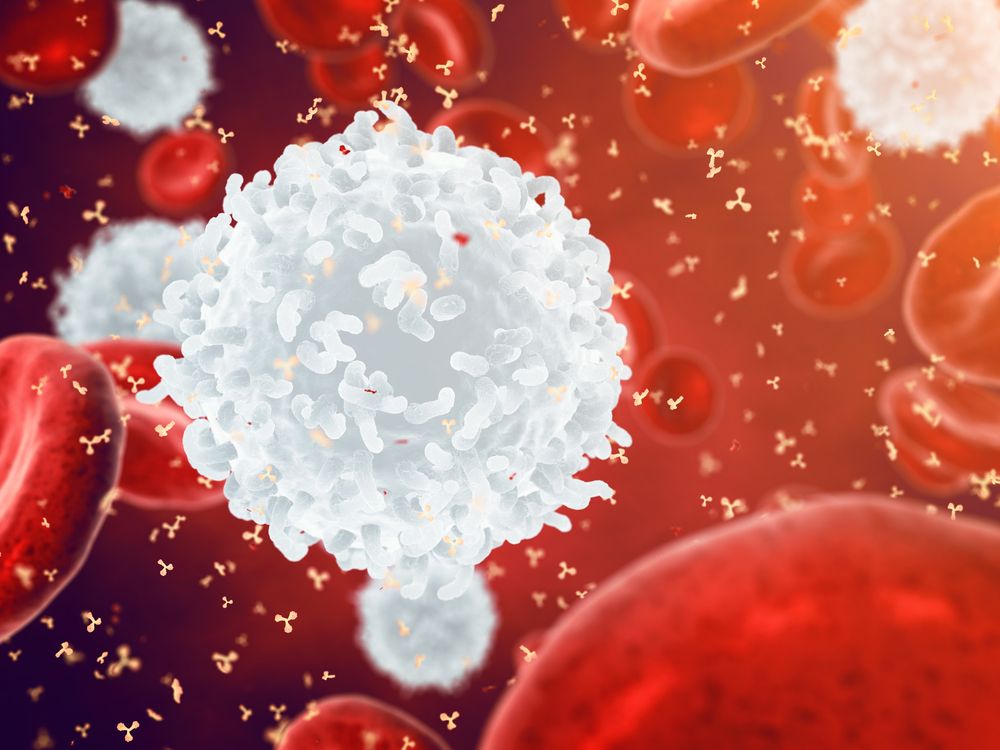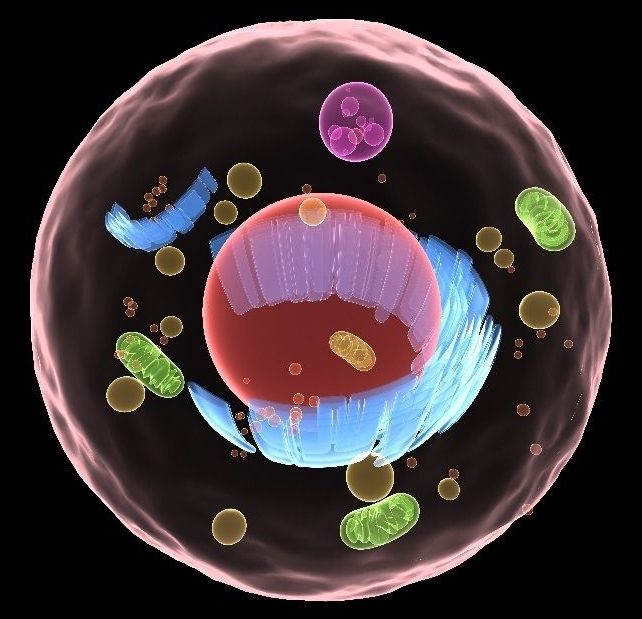A new immune mechanism that uses mitochondrial DNA was discovered by Swedish researchers.
Researchers at Linköping University in Sweden have discovered a new kind of warning system that plays a role in the immune system. Mitochondria in the white blood cells produce a web of DNA fibers that act as a kind of alarm.
The Mitochondrial web slinger
White blood cells (leukocytes) are a primary part of our immune system, and they help to defend us from the threat of disease. In the new study, the research team showed that several types of leukocytes react to the small DNA fragments, which resemble the DNA from bacteria and viruses[1]. The leukocytes secrete a web made of mitochondrial DNA (mtDNA) strands.








